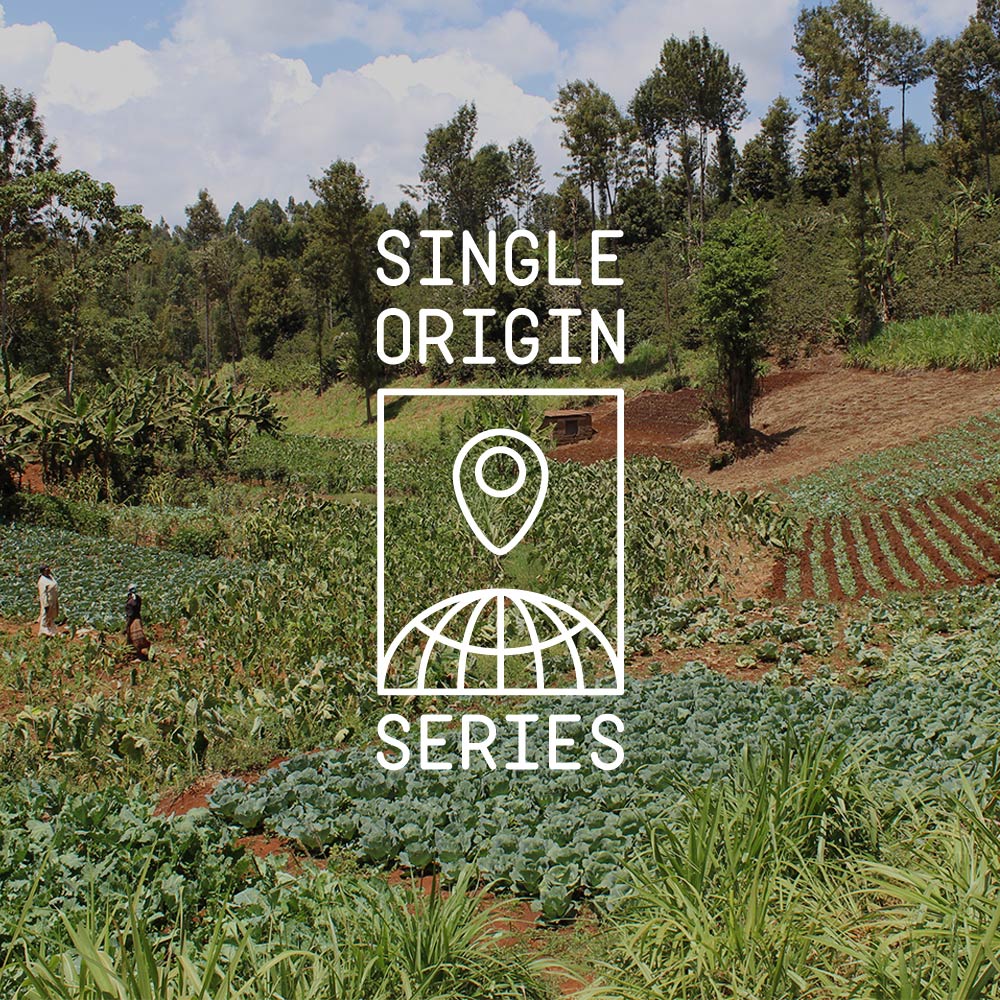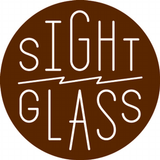For anyone who’s ever browsed a coffee roaster’s website, or stood in line at a cafe trying to select the perfect bag of beans, you might have noticed a dichotomy between hyper-specific single-origin coffee selections, and the vague and mysterious coffee blends that can leave a customer with more questions than answers. For the curious coffee drinker, this just won’t do. To help make sense of all this, here is a field guide to single origins, blends and everything in between.

What is a Single Origin coffee?

A single origin coffee means that the coffee comes from one or several producers within a distinct geographic region. Single origin coffees typically fall into a few categories:
Single Producer Lot
100% of the coffee comes from a single producer and represents their specific terroir and style of production.
Cooperative/Association Lot
A mix of coffees from a handful of producers across a small region who are all members of a cooperative or association. All farmers typically share similar microclimates, soil types and coffee varieties.
Regional Lot
A mix of coffees from several farms and include farmers from several cooperatives and associations across a region. This may include coffees from a variety of microclimates and slight variation in coffee varieties, but still representative of a relatively small region.
Why We Source Single Origins
A single origin coffee tells the story of its origin: the soil it grew in, the water it drank and the hands that cared for it. It’s no great secret that we hold our single-origin coffees in high regard and shout their praises from the rooftops. While our blends function like a band, each component adding to the overall sound, single origin coffees are that single virtuoso that stops you in your tracks and melts your heart. When we find a coffee that tells its story with nuance, clarity, vibrancy and richness, we want to celebrate it, and give its country, region, farm, and producer the credit they deserve.



One of my favorite single origins that we serve, Ethiopia, Yukro, Agaro, has had a noticeable jump in quality this year. We credit this with the Yukro cooperative joining the Kata Muduga Union to develop and refine their washed coffee processes, leading to an even more balanced and expressive cup. An increase in quality is never the work of one individual, but communities working together towards a common goal.
What is a Blend?

When we use the term “blend”, we use it to denote the intentional mixing of coffees from distinct geographic regions, within a continent or across the globe. We usually think of a blend in percentages: 40% Guatemalan, 30% Ethiopian & 30% Colombian might comprise one blend, while another might consist of 60% Peru, 40% El Salvador. It all depends on the complexity and flavor balance that we’re trying to achieve.
Why We Blend
Some coffees have great acidity and delicate floral notes but lack body. Other coffees have body, and rich chocolate notes, but lack acidity. Blending these two coffees, in the correct proportions, can result in a whole that is greater than the sum of its parts.


When we taste coffee, we have to make a few decisions about it, based on our needs. We need coffees to offer as single-origin selections alongside brighter, more expressive blends like Blueboon, slightly more developed blends like Toketee and richer, more body driven blends like Banner Dark. We also have espresso blends that need both vibrant acidity, fruited sweetness and a rich body, like Owl’s Howl. So, when we decide that a specific coffee is up to our quality standards, the next puzzle is to figure out where exactly it fits best.
Pros & Cons
Is a single origin or a blend the right choice for you?
Single Origin
Pros: Frequently rotating, fresh, exciting coffees that tells its unique story through fragrance, aroma and flavor. If you crave variety you’ll be in heaven.
Cons: These coffees are heartbreakers. You might just fall in love with a coffee and before you know it we’ll have sold out and moved onto another exciting lot. Tender hearts be warned.
Blend
Pros: Like an old friend, these coffees will be there through it all. You’ll find structure, consistency and a reliably delicious cup of coffee whether it’s January or July.
Cons: Though the components of the blend change throughout the year, offering some variety, the reliability of the flavor notes can be a bit boring for thrill seeking flavor junkies out there.

But What About Espresso?
I’m glad you asked. Next month we’ll be doing a deep dive on all things espresso to help make sense of the science, honor its history and bring your home barista game to the next level.
Whichever single origin or blend that you choose, know that it’s been lovingly grown, artfully roasted, taste tested, and served fresh. We hope that you enjoy it as much as we do.
To the Shop!
---
Grant MacHamer has been in the specialty coffee industry for 11 years, currently serving as Director of Education for Sightglass Coffee. As a barista, educator and storyteller he seeks to improve our daily coffee rituals while sharing the stories of the countless people that make our morning cup of coffee possible.








